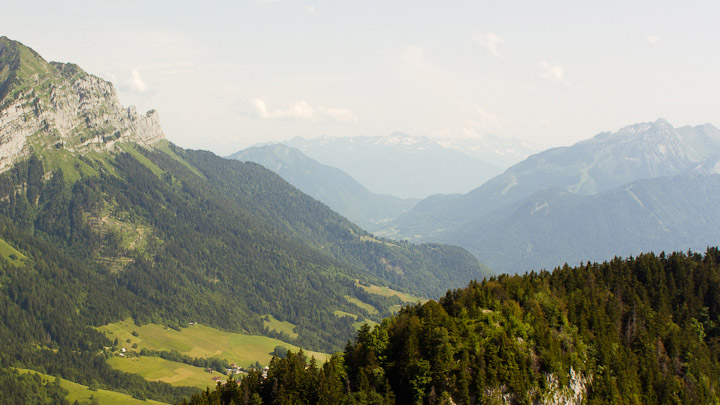

Keeping an eye on your histogram can help ensure the effect is captured perfectly in your final shot.
#Aerial perspective plus
To prevent this, try using a plus exposure to rectify the problem. There is a good chance your camera will be fooled by the background it's pointed at and you can lose the light, delicate, almost tissue paper-like feel you're trying to create. You don't just want a good view though as a grey-ish background needs some foreground interest that will guide the eye through the shot and add some much needed colour and sharpness to your frame. Mountains and hills work well and so can large groups of trees if they are slightly closer to your lens. Ideally, you want a viewpoint that overlooks an area where there's plenty of background interest so when you take your shot, everything looks as if it's stacked. Photo by David Clapp - What locations work well? You can even shoot on drizzly days but unless you're a fan of getting wet, there's no real reason why you can't just wait for a cloudy but dry day. Wintery days where there's fog or mist hanging around are perfect for this technique but it's not something that you can only have a go at during winter and autumn as hazy summer days or days where low cloud's forecast will also create the same effect. Tripod - If you do choose to use a telephoto lens you'll need a tripod as longer lenses tend to be more prone to camera shake. Telephotos can help emphasis the stacking effect as they 'pull' distant objects closer together. Telephoto lens – This types of lens is the most useful, however you can use other optics too. You'll notice your shots seem to have more depth to the, too as subjects that are closer to the camera will appear darker than subjects further away. This techniques a great way to produce atmospheric shots and it can help you give popular photographic scenes a new perspective. It's a technique that some painters used and now it's widely used by photographers who enjoy shooting landscapes. The atmosphere / weather helps create the effect which changes the appearance of distant objects in the landscape.

refractions, reflections, etc.).Aerial Perspective is the technical term given to shots that look as if everything in the background could almost be cardboard cut outs that someone has layered over one another. Primary visibility – When disabled, the aerial perspective effect is only seen by secondary rays (e.g. For more information, please see the Filter Color example below. This option is enabled by default, but some interesting effects are possible when disabled.įilter color – Affects the color of the inscattered light. For more information, see the Affect Environment Rays example below.Īffect background – Specifies whether the effect is applied to camera rays that hit the background (if a background other than VRaySky is used).

However, it is possible to enable this option for artistic effects, especially with low visibility ranges. This option is disabled by default because the VRaySky texture already takes into account the amount of scattered sunlight. The default value 1.0 is physically accurate lower or higher values could be used for artistic purposes.Īffect environment rays – When disabled, the atmospheric effect is applied only to camera rays that hit actual objects, but not to rays that hit the VRaySky. Inscattered light intensity – Controls the amount of sunlight scattered from the atmospheric effect. For more information, see the Atmosphere Height example below. The value is in meters and is converted internally based on the current 3ds Max units. Lower values can be used for artistic effects. For more information, see the Visibility Range example below.Ītmosphere height (in meters) – Specifies the height of the atmosphere layer in meters. The value is in meters and is converted internally based on the currently selected 3ds Max units. Lower values make the fog appear denser, while larger values reduce the effect of the aerial perspective. Visibility range (in meters) – Specifies the distance at which the fog has absorbed 90% of the light coming from objects behind it.


 0 kommentar(er)
0 kommentar(er)
